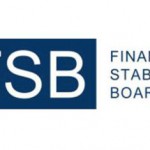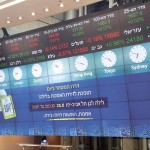Bank of Canada Announces Future Changes to its Published Foreign Exchange Rate Data

The Bank of Canada today announced that, effective 1 March 2017, it will make a series of changes to the number, frequency and calculation methodology of its published foreign exchange (FX) rates.
Although these changes will not come into effect until 2017, the Bank is notifying the public now to allow ample time for users of these rates to make any adjustments that may be required.
The changes are:
- The number of currencies published will be reduced to roughly 25. This list of currencies, which capture the vast majority of foreign exchange transactions conducted against the Canadian dollar, will reflect the combination of the top currencies by trading volume (based on the Bank for International Settlements Triennial FX Turnover Survey) and those of Canada’s top trading partners (based on Statistics Canada’s international merchandise trade data). The list, which will be finalized in the 4th quarter of 2016, will be reviewed, and adjusted if required, every three years.
- The Bank will no longer publish two sets of exchange rates (noon and closing), but will instead publish a single indicative rate per currency pair each day at 16:30 Eastern Time (ET).
- A new calculation methodology will be used that broadly reflects the average exchange rate observable throughout the Canadian business day, rather than at a single point in time, as is currently calculated. Exact details of this methodology will be announced in the 4th quarter of 2016.
These changes reinforce the distinction between FX rate fixings used as benchmarks for transactional purposes and Bank of Canada exchange rates that are provided as a public good – for statistical, analytical and informational purposes only.
They are being implemented after broad public consultation (including almost 17,000 responses to a 2014 Bank of Canada survey), and are being undertaken in the context of broader international official sector work on the design of foreign exchange reference rates.
They take into account the ongoing international work on financial benchmarks, including recommendations from the Financial Stability Board (FSB) on foreign exchange benchmarks and the Principles for Financial Benchmarks published by the International Organization of Securities Commissions (IOSCO).
Source: Bank of Canada




























